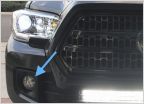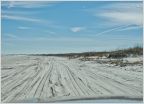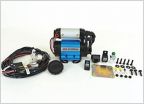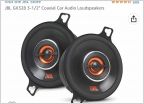-
Welcome to Tacoma World!
You are currently viewing as a guest! To get full-access, you need to register for a FREE account.
As a registered member, you’ll be able to:- Participate in all Tacoma discussion topics
- Communicate privately with other Tacoma owners from around the world
- Post your own photos in our Members Gallery
- Access all special features of the site
Another Around the World Tacoma
Discussion in '3rd Gen. Tacomas (2016-2023)' started by MR E30, Nov 30, 2021.
Page 27 of 31
Page 27 of 31


 LED Fogs
LED Fogs What Do I Need for Beach Driving?
What Do I Need for Beach Driving? Bed Inverter Wiring for ARB Compressor (CKMA12)
Bed Inverter Wiring for ARB Compressor (CKMA12) Looking for Scan Tool Recommendations
Looking for Scan Tool Recommendations Question about Radio unit and speakers
Question about Radio unit and speakers Dog Problems and Solutions?
Dog Problems and Solutions?


















